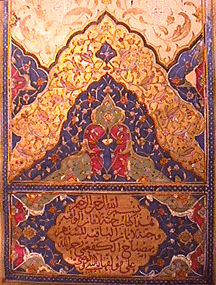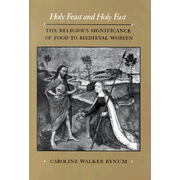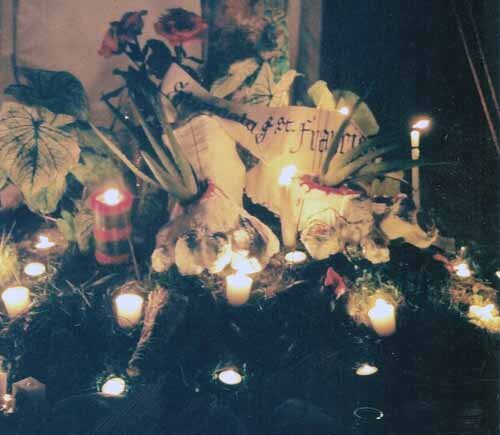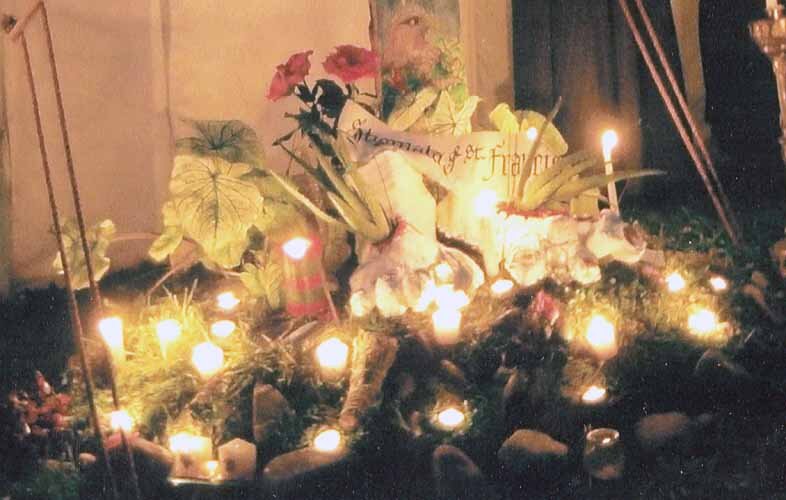A cantilena formerly ascribed to Johannes Tauler 14th century German Mystic:
I will sing of bareness a new song,
for true purity is without thought.
Thoughts may not be there,
so I have lost the Mine:I am decreated.
He who is unminded has no cares.
My unevenness no longer causes me to err:
I am as gladly poor as rich.
I want nothing to do with images,
I must stand free of myself:I am decreated.
He who is unminded has no cares.
Would you know how I escaped the images?
I perceived the right unity in myself.That is right unity
when neither weal nor woe displaced me:I am decreated.
He who is unminded has no cares.Would you know how I escaped the mind?
When I perceived neither this nor that in myself,
save bare divinity unfounded.
then I could not longer keep silent, I had to tell it:
I am decreated.
He who is unminded has no cares.
Since I am thus lost in the abyss
I no longer wish to speak, I am mute.
The Godhead clear has swallowed me into itself.
I am displaced.
Therefore the darkness delighted me greatly.
Since I have thus come through to the origin,
I may no longer age, but grow young.
So all my powers have disappeared
and have died.He who is unminded has no cares.Then whosoever has disappeared
and has found a darkness
is so rich without sorrow.Thus the dear fire
has consumed me,
and I have died.
He is thus unminded has no cares.
-trans. Martin Buber
I love this concept: "I am decreated". Such a beautiful way of expressing the via negativa. We come into this world with all kinds of expectations and feelings, so many ideas about the way we want things to turn out or what we want to create. "I am decreated". I surrender myself back into the womb of God to a place before expectations existed so that those expectations cannot define or control the act of creation. This is the place of Pre-Existence, of Nothing which gives birth to everything. "Since I am thus lost in the abyss I no longer wish to speak, I am mute." I am mute so God can speak. This is sensational."He who is unminded has no cares".This is poem charts the process the spiritual artist must undergo to truly become a doorway for fecund stream Divine creativity to enter into this physical world. We must be "decreated," emptied of self so that we may be filled with something much greater than our small selves could ever envision.

 So I started & finished
So I started & finished 












